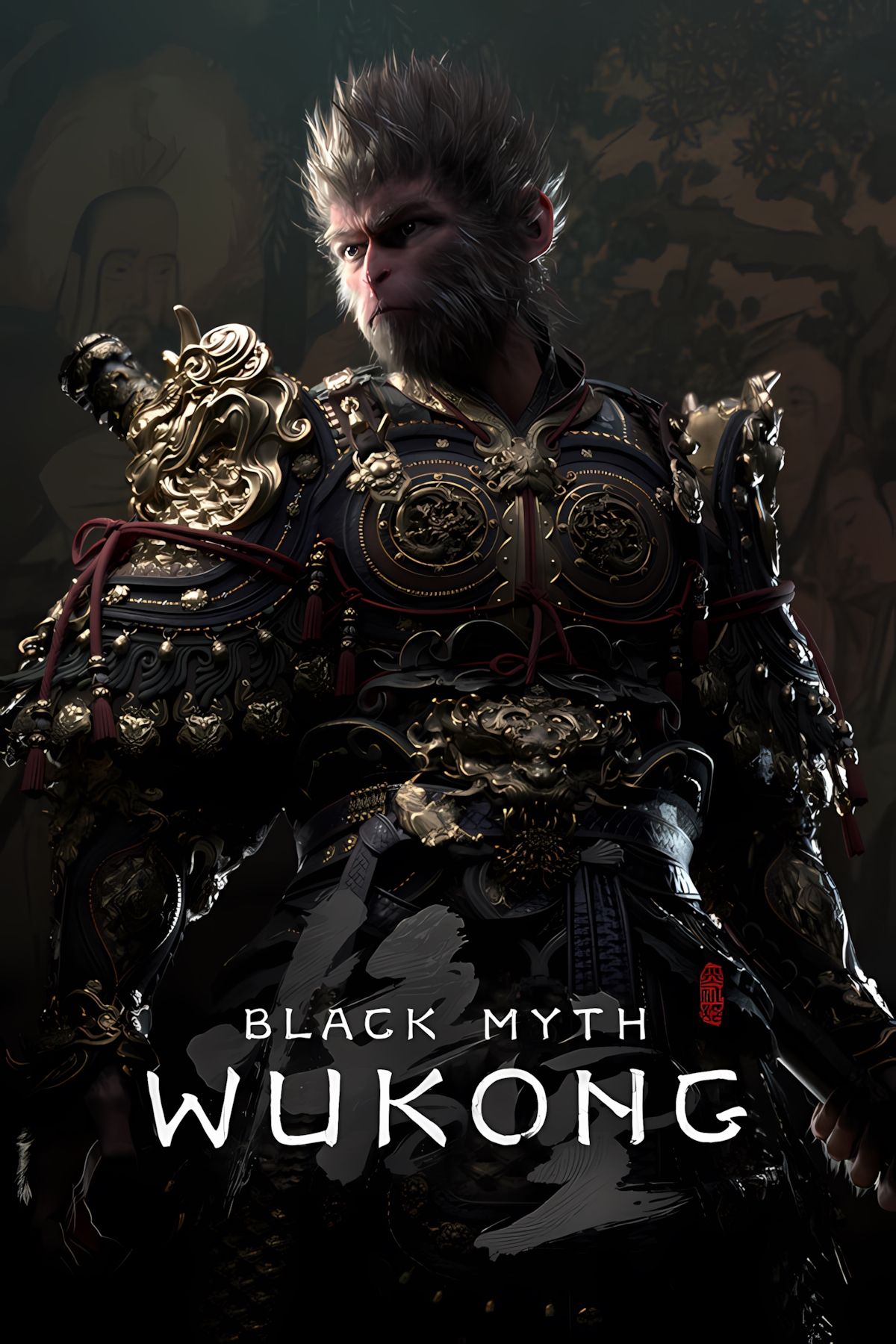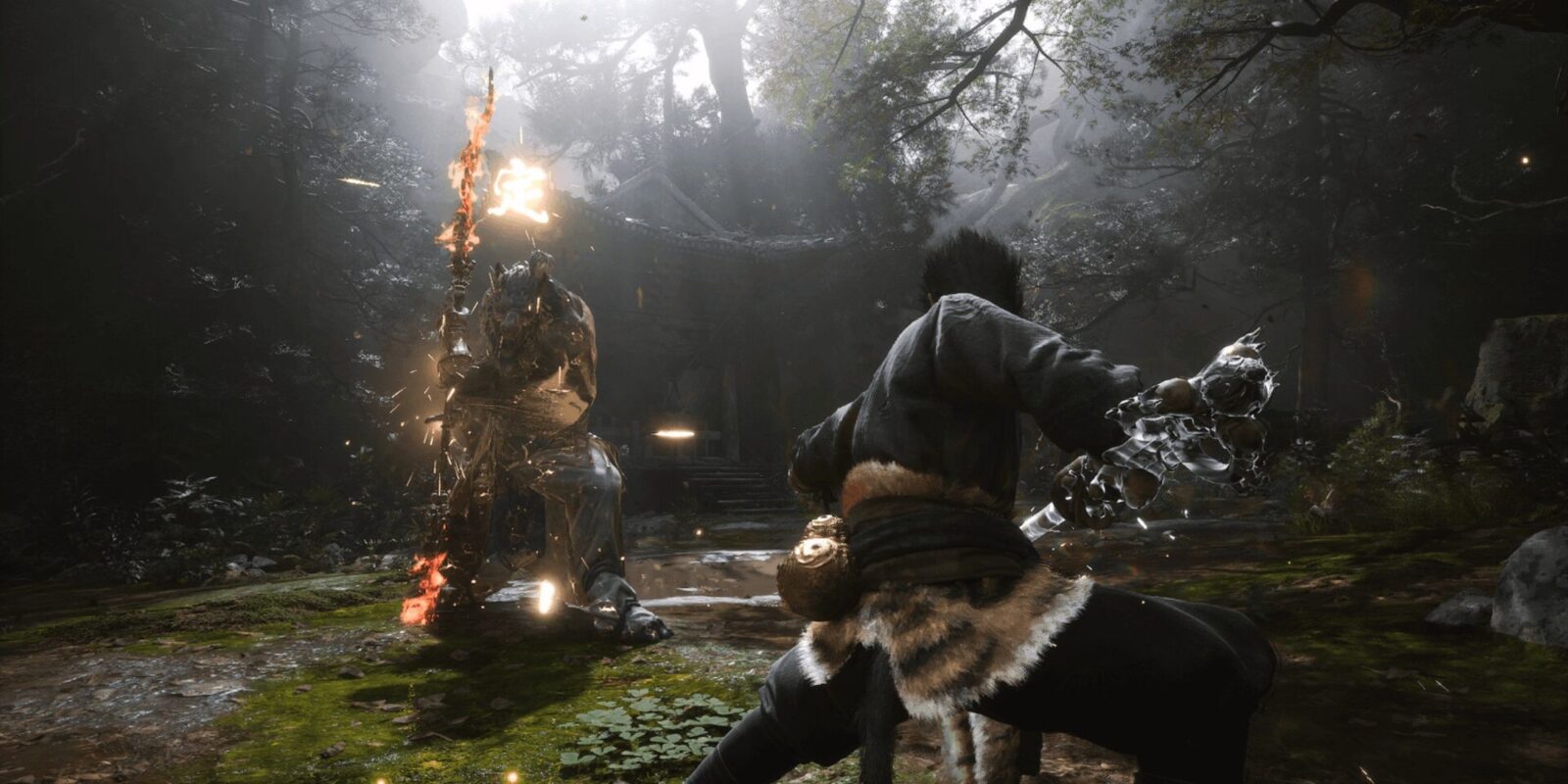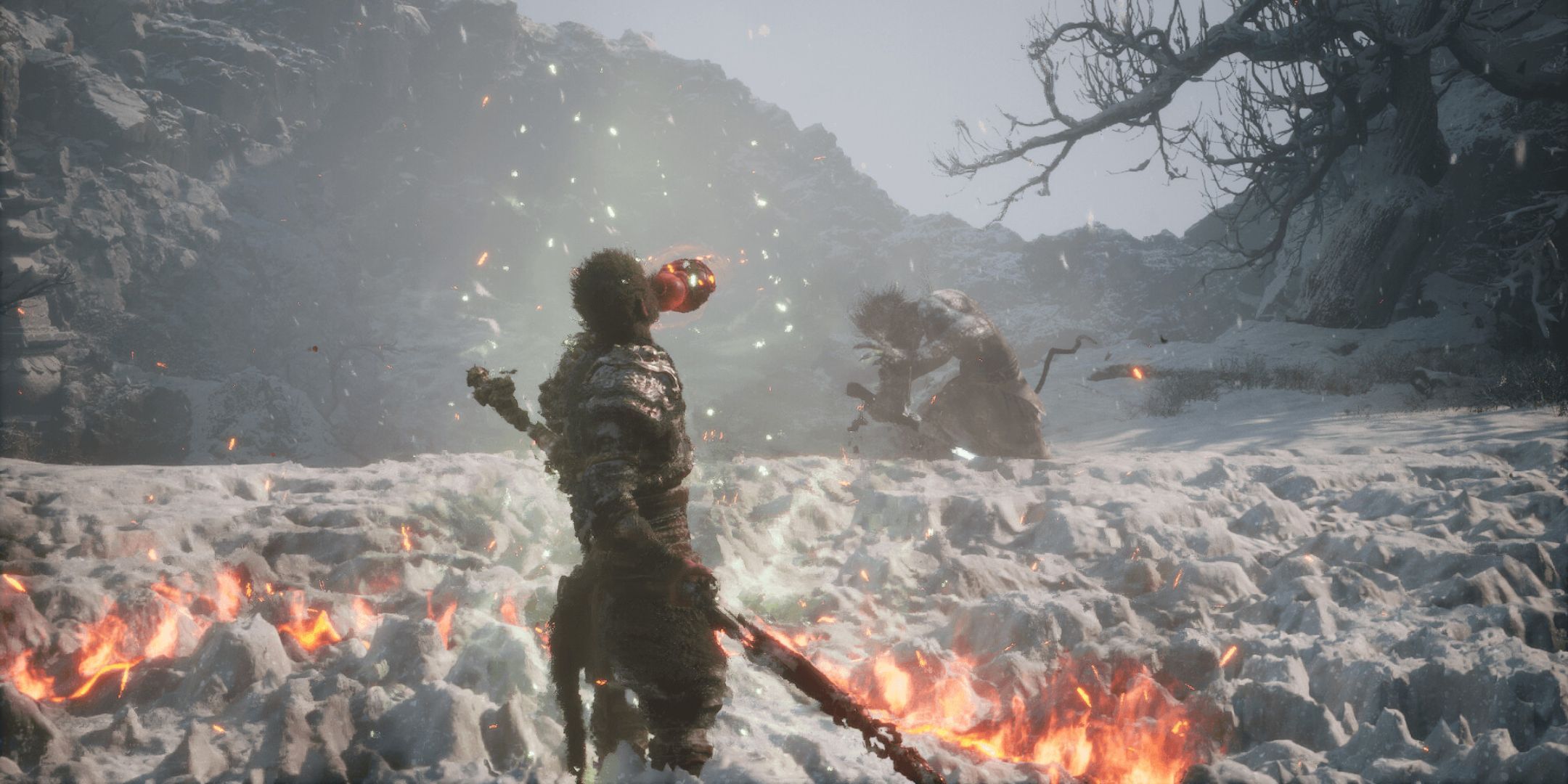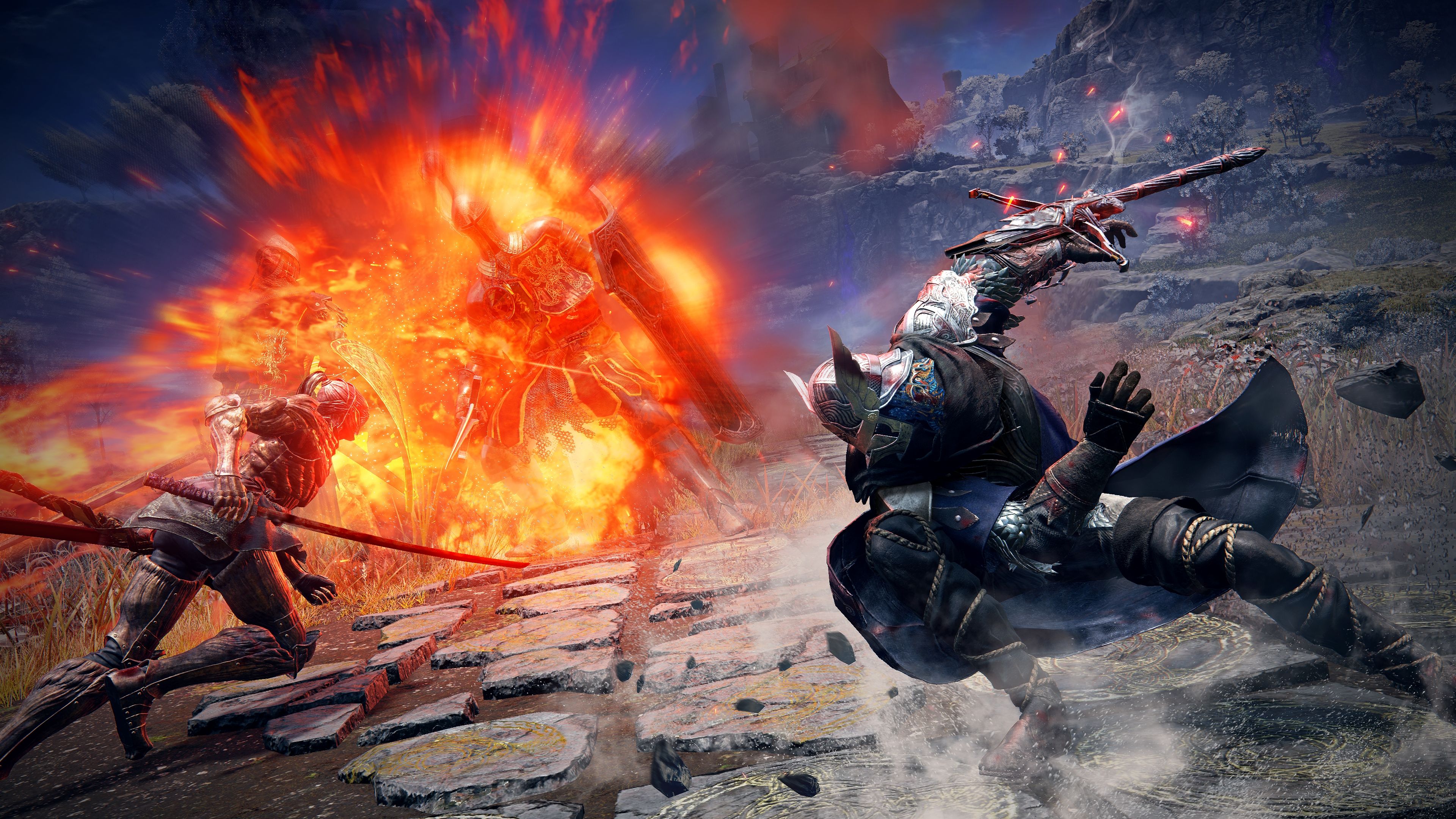I’ve been putting off Black Myth: Wukong for most of the year due to both the reputation that GameScience’s action title has accrued and simply not having enough time. But after writing about it recently, I decided to jump in and see what all the fuss was about. Turns out it’s fun.
While it’s yet to live up to other modern character action greats like Devil May Cry 5 or the likes of Dark Souls and Sekiro – games it pulls from liberally – it still offers an enjoyable retelling of a classic tale where you face up against all manner of mythical creatures. One thing that did catch me by surprise, however, is that Black Myth: Wukong is essentially a boss rush, with the areas you explore between each major encounter being incredibly small and focused.
Black Myth: Wukong’s World Isn’t Designed To Be Explored
After a few hours, I have yet to stumble across a location that feels truly vast. Most of the bamboo forests and mountain trails I’ve frequented have been unusually linear. There might be merchants to converse with or treasure chests to open slightly off the beaten path a lot of the time, but you could avoid these and head straight for the boss and not miss out. Fast travel is generous, and you don’t lose experience from death, so visiting older stomping grounds later on isn’t punishing. If anything, it’s a breeze.
The areas that exist between each major boss are intended as a means to learn new skills or earn experience that can be spent refining your character so they’re ready to take on new threats that await. A lot of general enemies don’t respawn either, so like Sekiro, it expects you to master each new technique until you emerge victorious, even if that means hitting a brick wall for several hours. For the most part though, Wukong has been a cakewalk, so I’m eager for its world to open up and offer more opportunities for me to explore.
Invisible Walls Are The Last Flaw I Expected To Encounter
But the second I try to, I come against an invisible wall. When this was referenced during a speech by GameScience at The Game Awards I learned it was a common complaint in the community, and something the devs have started to turn into an inside joke of sorts. But it’s quite egregious, and makes Wukong feel like a theme park ride rather than a world I’m free to discover on my own terms. You can’t jump to your doom off a teetering bridge or try and step further into an environment because it’s nothing more than an illusion. You’re safe, and the game wants you to reach your destination with minimal trouble.
We aren’t given a concrete idea of what the rest of the world looks like from the opening, just that we are the ascendant of an ancient warrior with a larger-than-life destiny. After that you’ll see nothing but greenery, greenery, and more greenery. Whenever I see broken bridges or a cool sight in the distance, I’m brought back down to earth by an invisible wall. Wukong is an exceptional game when it comes to the depth of its combat, but the world and characters so far leave much to be desired. I feel trapped, and in a fantastical experience this vast, it’s not a good thing.
FromSoftware titles are the most critical comparison I can make. Elden Ring has depth and challenge to its combat but still offers a seemingly endless world to explore, while older titles like Dark Souls and Bloodborne still tease a semi-open world that evolves with time. If you’re looking at a formation or building in the distance, chances are you’ll end up there. Wukong is offering up no such promises, and it suffers as a consequence.

- Released
-
August 20, 2024
- How Long To Beat
-
39 hours














Leave a Reply